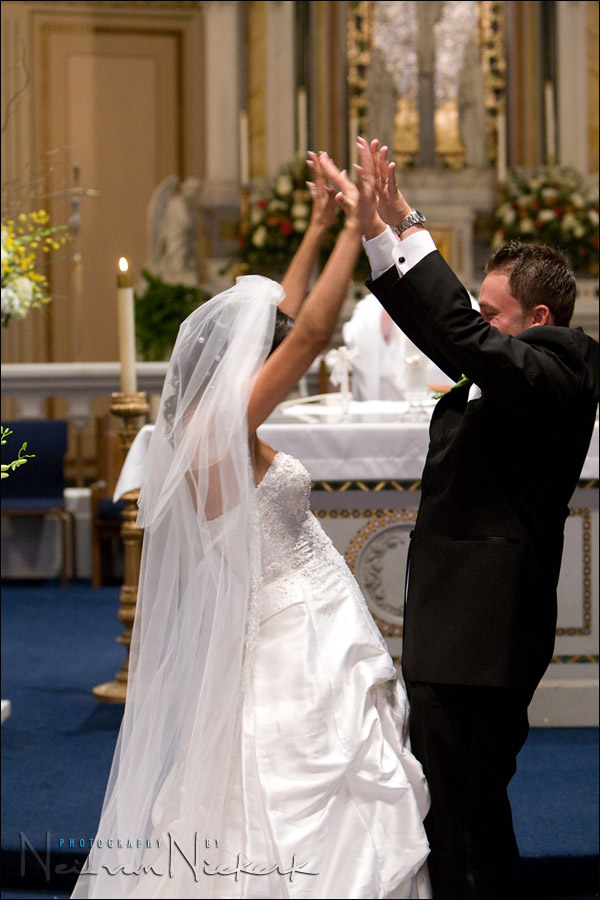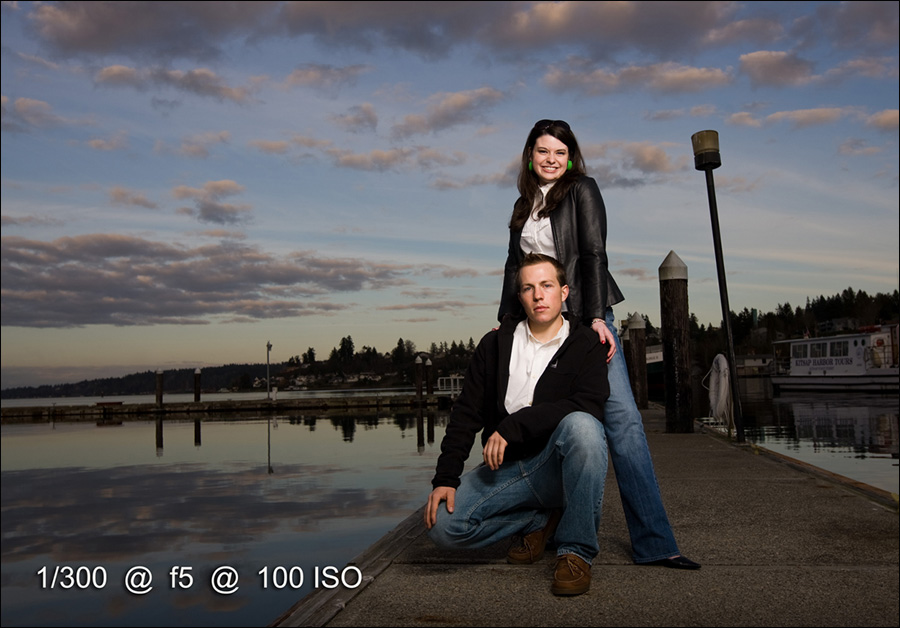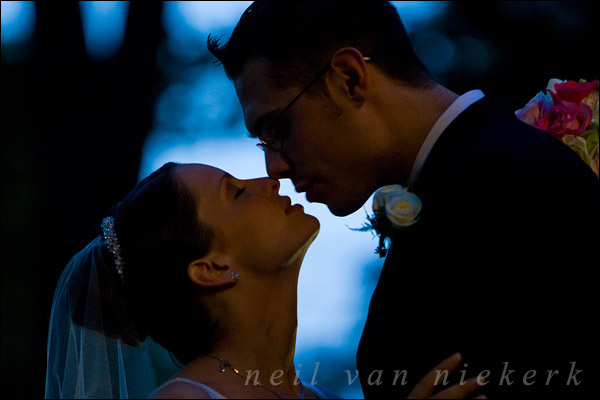This was a first for me - a couple who high-five each other after the first kiss! (This was from a wedding last year.) My settings : 1/100th @ f3.2 @ 32oo ISO. Yes ... 3200 ISO. I couldn't use flash and I needed a hand-holdable shutter speed with the 70-200mm zoom. Even though it is a stabilized lens, I do need a shutter speed that is fairly fast to stop any movement. (Or stops movement enough.) So why this photo? Read more inside...
direct fill-flash from your on-camera speedlight
using direct fill-flash from your on-camera speedlight
Here’s a question that comes up often in emails I receive: Do I use a diffuser of some kind outdoors or do I just use direct flash, with the flash in the straight ahead position. The simple answer is that yes, outdoors I most often shoot with my speedlight straight-on with no diffuser or light modifier, especially if I only use my speedlight for fill-flash. But then again, the answer is not quite that simple - so let's take this back a few steps: Read more inside...world in motion …
This image from the recent photo-session with Amy and Nick in Manhattan received a number of comments and questions about the technique. The basic camera settings for several sequences of images here, were 1/20th (at f8) and 1/10th @ f11. The image above was one of a sequence at 1/20th. But there's more to it ... Read more inside...
off-camera flash photography: what are your camera settings?
off-camera flash photography: what are your camera settings?
What are your settings? - a question that I am often asked about various images. Sometimes, the answer is surprising - it doesn't really matter. Sometimes the specific settings are of importance, but usually much less so than the method of getting to correct exposure of the ambient light and the flash. This is the photographic equivalent of teaching someone to fish, versus just slapping a fish down on a dinner plate. Just telling my settings will reveal very little about the how. And yet, the how is far Read more inside...cross-processing …
Many photographers who have entered the industry in the last several years aren't readily aware that a number of the digital techniques and special effects available today in Photoshop, are actually based on processes that were available to film shooters of past years. One effect that seems to be a particular favorite of photographers recently is cross-processing - an effect where colors are made more vivid, and the tonality and contrast are skewed to create a high-fashion or slightly surreal effect. Fuji Sensia 200 exposed at 125 ISO - processed as C41 print film. Nikon F90 camera; Read more inside...
"Dragging the Shutter" revisited
1/100 @ f1.6 @ 1000 ISO "Dragging the Shutter" is a term used to describe the technique of using a slow enough shutter speed to allow a measure of ambient light to register when using flash. This term originates from an era when photographers would determine correct flash exposure for on-location photography by : - setting the ISO speed according to the film used, - setting the aperture according to subject distance (depends on flashgun's guide number), - then using the shutter speed as the ONLY way of independently allowing more ambient light in, slowing the shutter speed far lower Read more inside...
using slow shutter speeds with a hand-held camera
(1/20th @ f2.8 @ 1250 iso)









